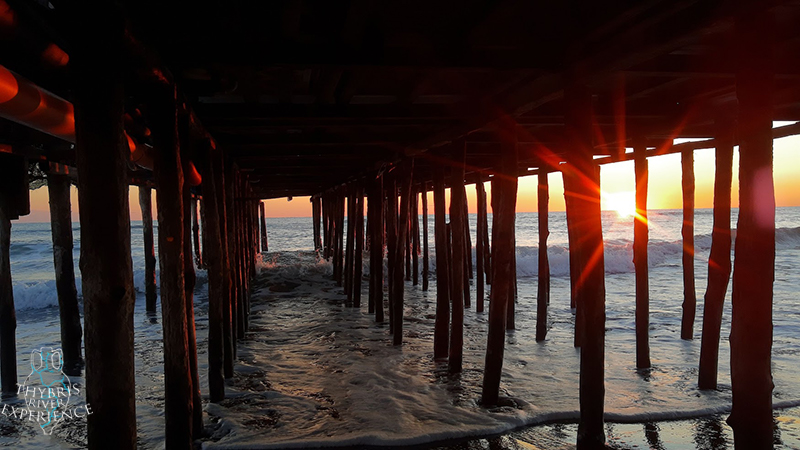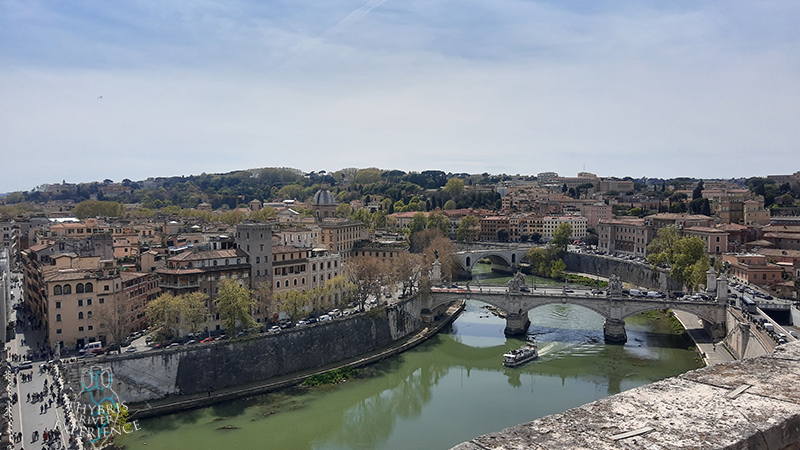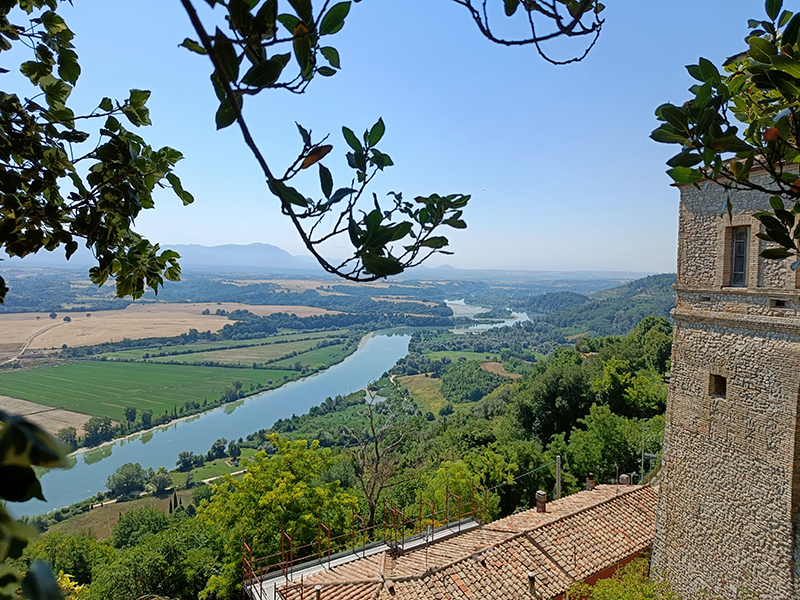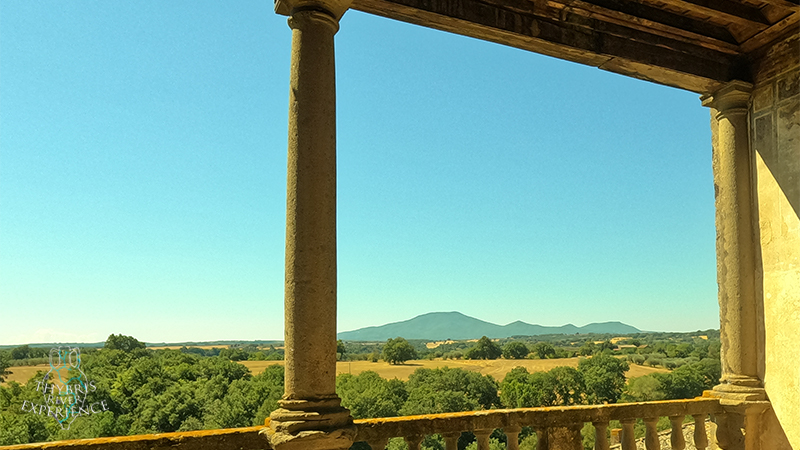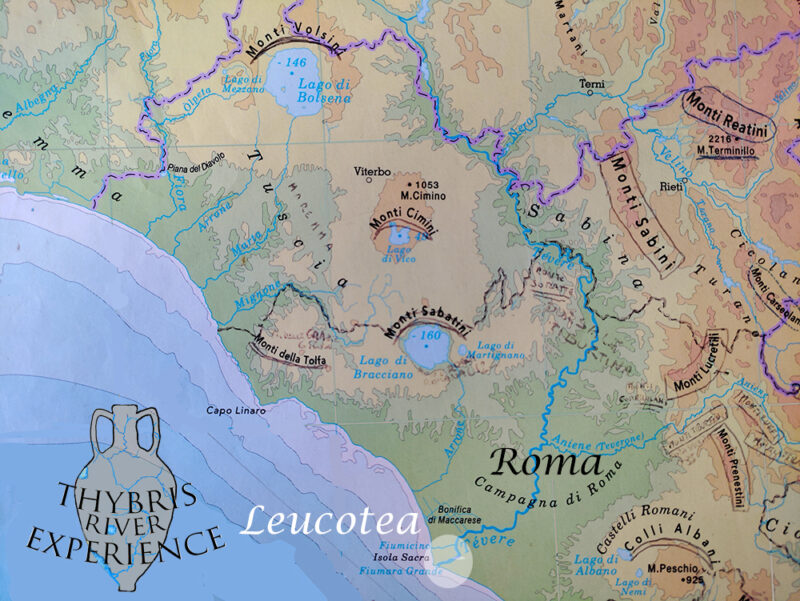
These Italian e-bike guided tours cross the territories of the Rome sea district Ostia and the municipality of Fiumicino. The Tiber River is the reason why Rome was grounded on the Palatine hill. The mouth of the Tiber River connected the original small village with the Mediterranean and as soon as grew to a certain importance the Romans conquested it and assured control of it. It’s a story of incredible infrastructures, merchants, businesses, wars, and workers from the very beginning. All these e-bike guided tours are dedicated to the ancient marine goddess of Leucotea, the goddess of the start, the dawn, and the origins. One of the legends around her tells us that she was saved here by Hercules from the wrath of Juno (the goddess of marriage and birth) because she saved Bacchus, still a child. Then, to hide she transformed into sea foam or put on the clothes of the Tiberine Sybil, a reference point for the whole region, reading the future to humans. Another legend tells that she saved Ulysses. She is the beginning of our blog tour (click here to read the article about her).
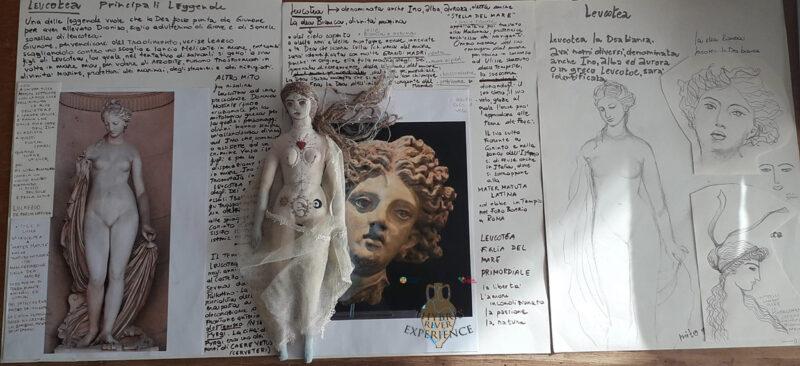
Inspecting Egeria’s e-bike guided tours
On the first day of e-bike tours, our guides inspecting the territories dedicated to Leucotea fulfill the following stages:
–Regina Ciclarum, the cycling path along the Tiber River inside Fiumicino Municipality
-the Episcope thanks to father Antonio, getting together some of the Medieval and Renaissance history of the place
-the archeological area of Porto, that shows us the marine infrastructures of ancient Roman times and their problems
-the Valadier Borgo, a clear neoclassical vision of a urban center,
–Coccia di Morto, the dead shards beach along the Oasis of Macchiagrande,
–Castel San Giorgio in the area of Maccarese, an 18th-century villa born on a 13th-century fortification that thanks to a legend of a knight killing a dragon reminds us of the swamps and the pestilence filling the area in the past.
–Tasting menu of the Bioagricola Traiano producing organic olive oil, wheat, vegetables, and eggs that can be the necessary gourmet fuel of our exclusive Italian e-bike guided tours.
Second day’s inspections of our Italian e-bike guided tours targets:
–Roman boat museum, showing some ancient Roman boats, including the ones that used to reach Rome through the Tiber River
-The channel Fiumicino, designed in the imperial era because of the moving of the coastline, today is longer and used efficiently as a channel port by one of the largest fleets of the Mediterranean: 33 motor ships and 60 small-scale fishing units with over 2000 tons of fish every year
-The Sacred Island and the history of the wetlands reclamation done by hundreds of workers risking the malaria
-The Museum of Farmer culture where thanks to the director, Osvaldo Faietta we got stories, materials and books for our education to perfect our Italian e-bike guided tours
-The ancient basilica of Saint Ippolito testifying the early Christian connections of these lands our e-bike guided tours cross.
-The necropoli of Porto,
-The lighthouse and the outriggers
–The steamboat Pietro Micca, which should become a Steam worker’s museum.
–Tasting at Equo Risto where Lavinia offered us a typical fish menu inside a shipyard, where the old ferryboat called Scafa and driven by the person of Tancredi Chiaraluce, the last ferryman of this part of the Tiber River.
–Centro Habitat Mediterraneo or Oasis Lipu at the mouth of the Tiber River, where its director, Alessandro Polinori, showed us all the highlights including an Italian bunker and the monument to Pierpaolo Pasolini, an important and uncomfortable intellectual, poet, and movie maker that died in mysterious circumstances. His aura is perceived around these lands and felt during our e-bike guided tours.
The last day of inspections to perfect our Italian e-bike guided tours, dedicated to Leucotea, was entirely spent in the Roman district of Ostia. Our targets were:
–Renaissance hamlet and castle, with its charming alleys and some more hidden treasures
-the archeological area of Ostia Antica, the legendary port city of Rome that slowly turn to be a managing point of all the trade on the ancient Mediterranean
-The Ecomuseum of Roman seaside where Simone Bucri helped us to visualize the local history to make more exclusive and rich our e-bike guided tours
-The Pinewood of Fusano, tight to workers cooperatives a century ago, the pine forest, of artificial origin, was planted in 1700 with holm oaks and pines, mostly for production purposes.
-The Villa di Plinio, an archeological area along the Roman road Severiana of one of the luxury Roman Villas that is supposed to have faced the seaside, also called della Palombara because of a giant olm oak that was used during the pigeon hunts.
–Villa Chigi Sacchetti, a 17th-century villa, private propriety that opens only for exclusive events
–Liberty architecture that characterizes some modern buildings of Ostia.
-Finding some gourmet street food reference points to fuel our Italian e-bike guided tours.

